When we think about air pollution, most of us picture visible particles—dust, smoke, pollen. But not all threats in the air are easy to spot. Volatile organic compounds (VOCs) and odorous gases often go unnoticed, yet they can irritate sensitive individuals and may pose long-term health risks. Standard filters usually aren’t built to handle them.
That’s where activated-carbon filters come in.
What Is Activated Carbon—and How Does It Work?
Activated carbon (also called activated charcoal) is a type of processed carbon with an extremely porous structure. Just one gram can have a surface area of over 3,000 square meters. That’s what gives it the ability to adsorb—not absorb—gas molecules, meaning pollutants stick to its surface instead of soaking in.
While particulate filters (like those in N95 masks) trap solid particles, activated-carbon filters are designed to target gaseous pollutants—like:
- Benzene and toluene from car exhaust
- Formaldehyde from construction materials and salon products
- Ammonia from cleaning supplies
- Sulfur-based compounds that cause strong odors
Who Benefits from Activated-Carbon Filters?
1. People with Chemical Sensitivities (MCS)
Those with MCS can react strongly to even small amounts of VOCs or scented products. Symptoms often include headaches, fatigue, dizziness, and trouble breathing. Wearing a carbon-filtered mask can reduce exposure in public spaces or environments where chemicals are present.
A 2021 study in Environmental Health Perspectives found that carbon-filtered masks significantly reduced symptoms for individuals with MCS in both urban and indoor settings.
2. Salon Workers, Nail Techs, and Beauticians
Hair treatments, polishes, adhesives, and even standard cleaning products all release VOCs. Constant exposure—especially in under-ventilated salons—can lead to irritation or longer-term respiratory issues. A mask with a built-in carbon layer can help filter those chemical fumes.
3. Urban Commuters and Cyclists
If you spend time around traffic—walking, biking, or driving—you’re likely breathing in VOCs like benzene, diesel exhaust, and nitrogen dioxide. The World Health Organization ranks traffic-related air pollution as one of the biggest environmental health risks in cities. Wearing a carbon-layered mask during commutes can cut down on what you're inhaling.
When to Wear (and When to Replace)
You’ll get the most out of activated-carbon filters in places like:
- Public transportation
- Airports and airplanes
- Nail salons or hair studios
- Construction zones
- Older or poorly ventilated buildings
Because carbon filters can become saturated, regular replacement is key. Plan to swap them out every 2–4 weeks—or sooner if you're using them heavily or in highly polluted areas.
The Bottom Line
Not all air hazards are visible—but that doesn’t make them harmless. Activated-carbon filters add a valuable layer of protection, especially in environments with poor ventilation or chemical exposure. Whether you're sensitive to VOCs, working with salon products, or just navigating city air, a carbon-layered mask like AirWeave can help you breathe a little easier.

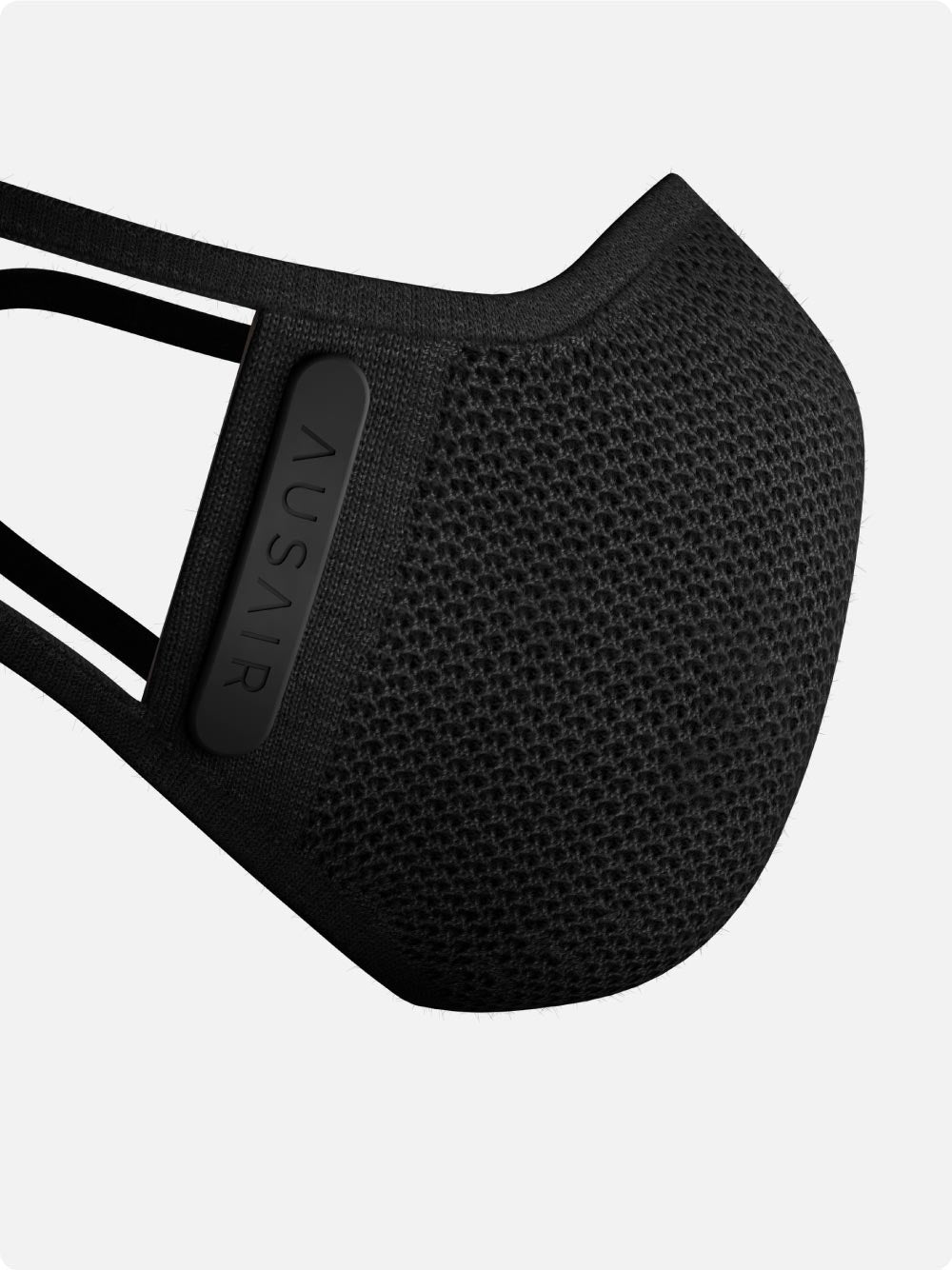
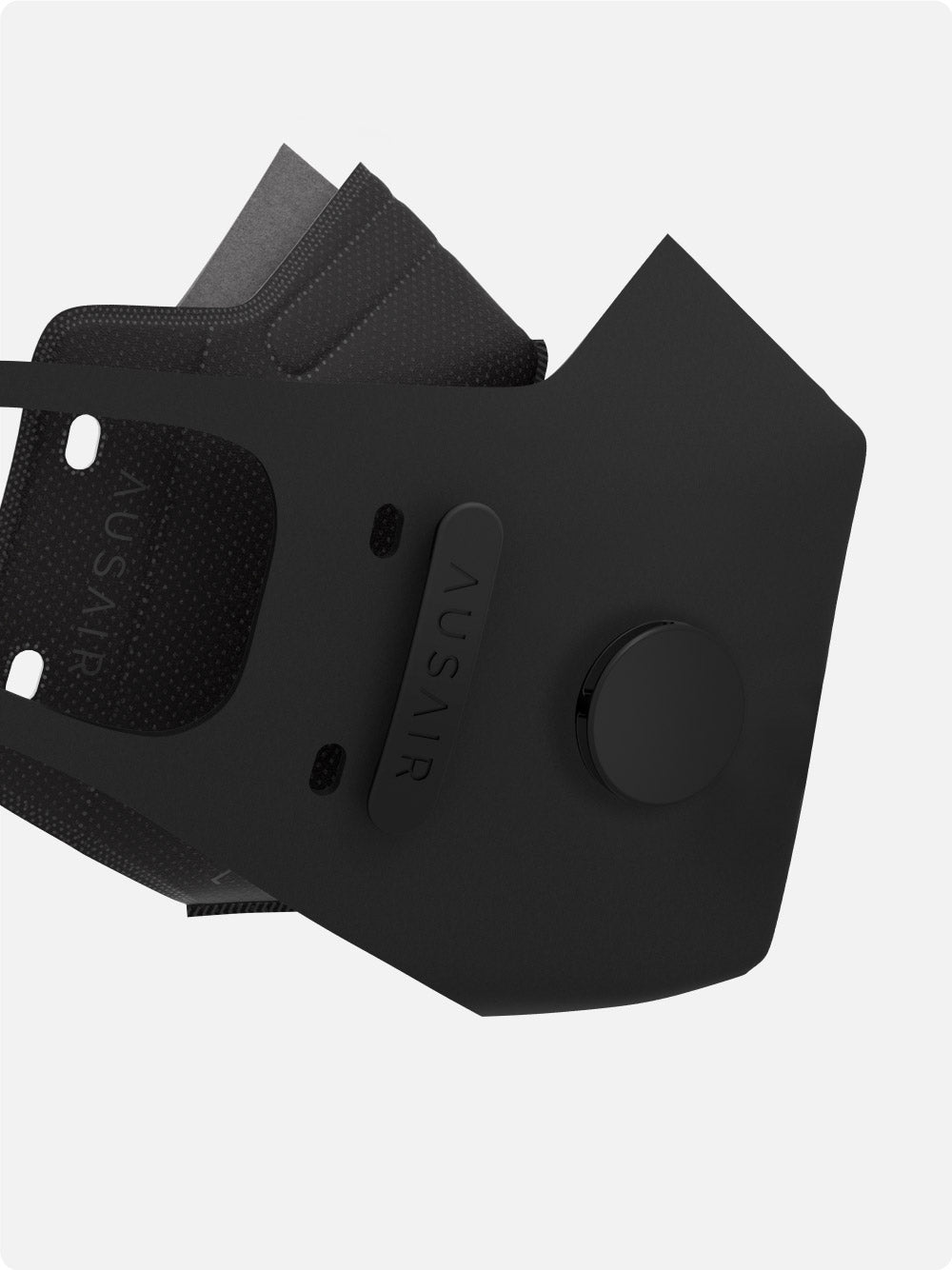
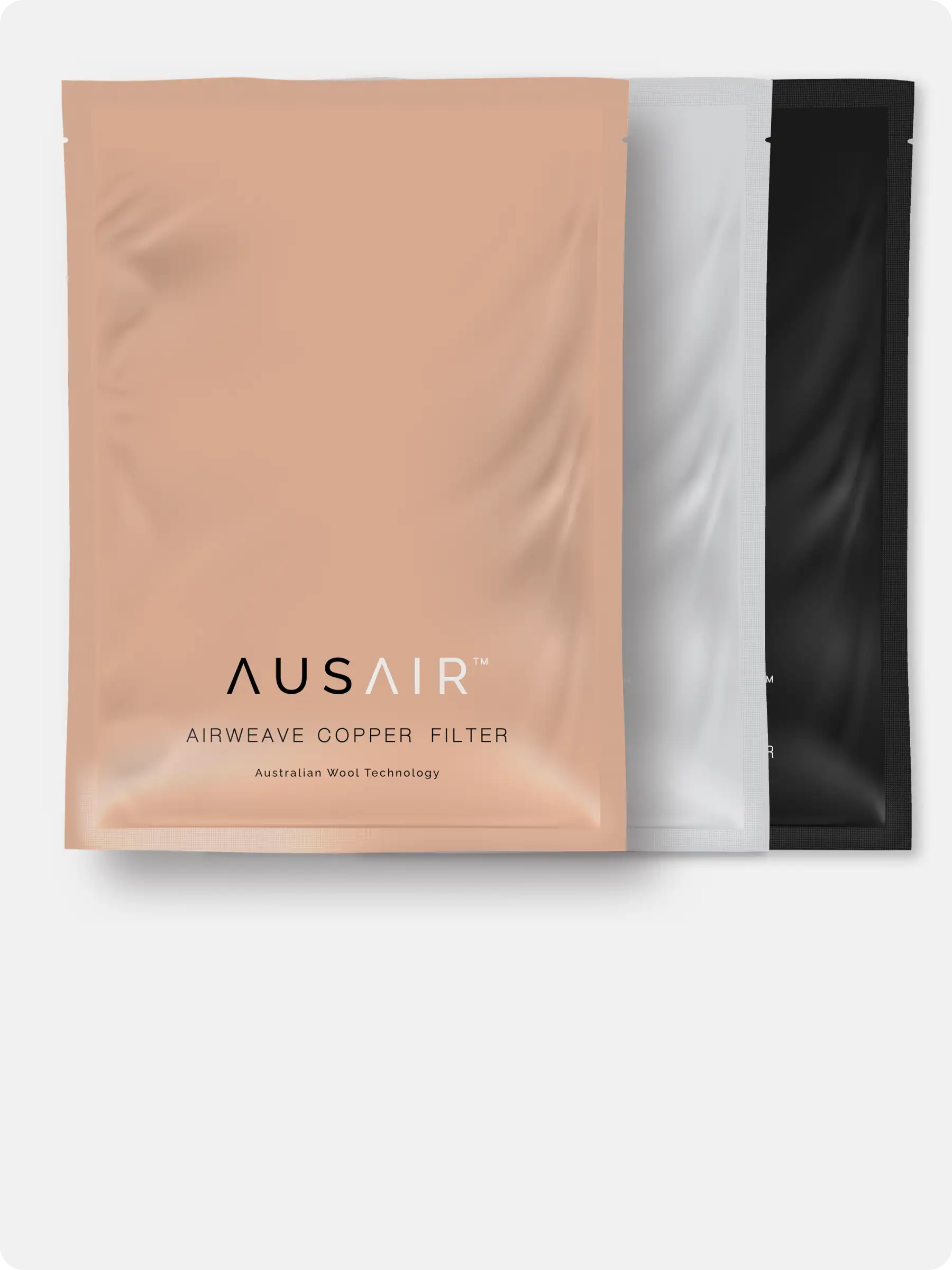

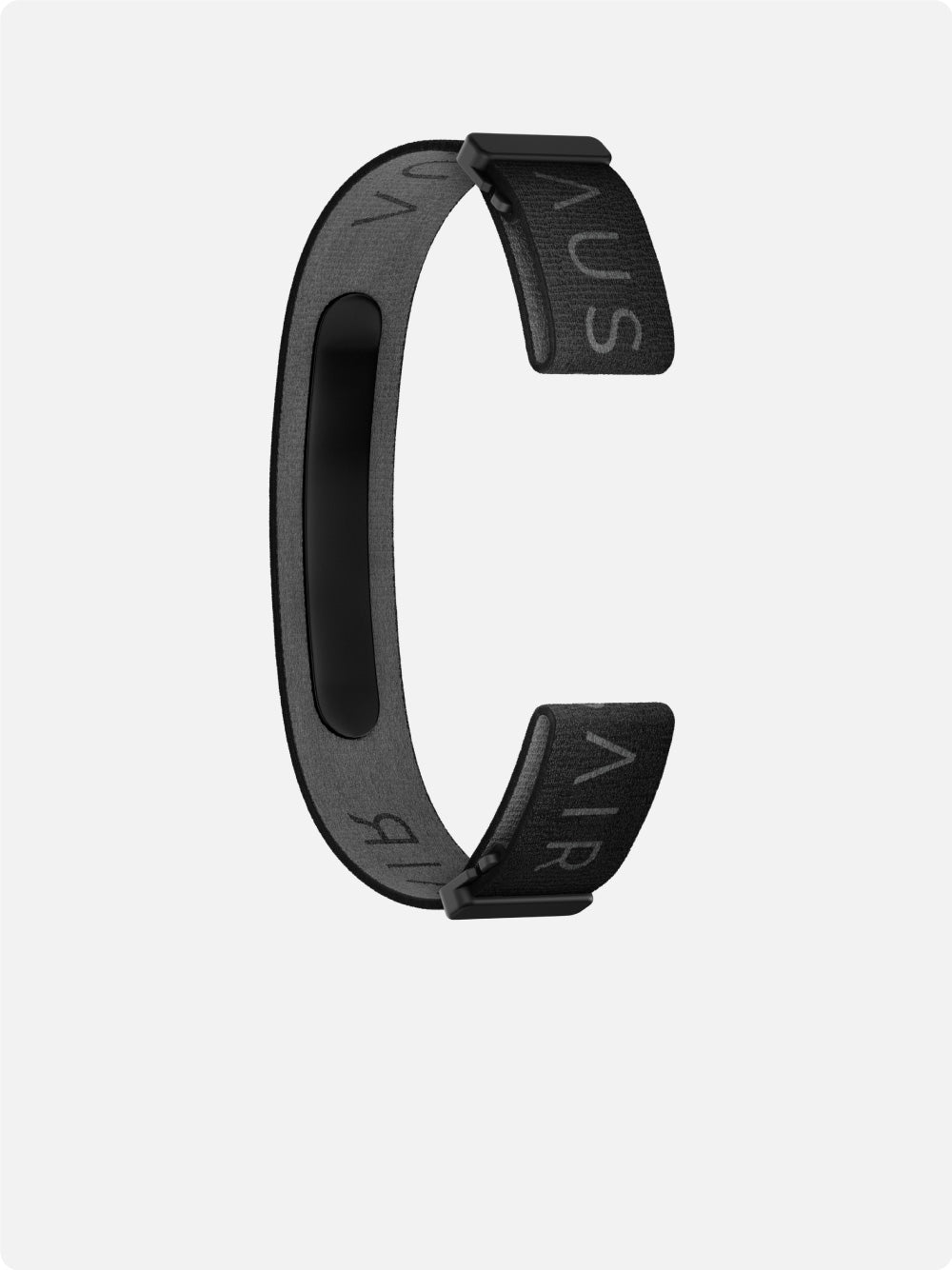

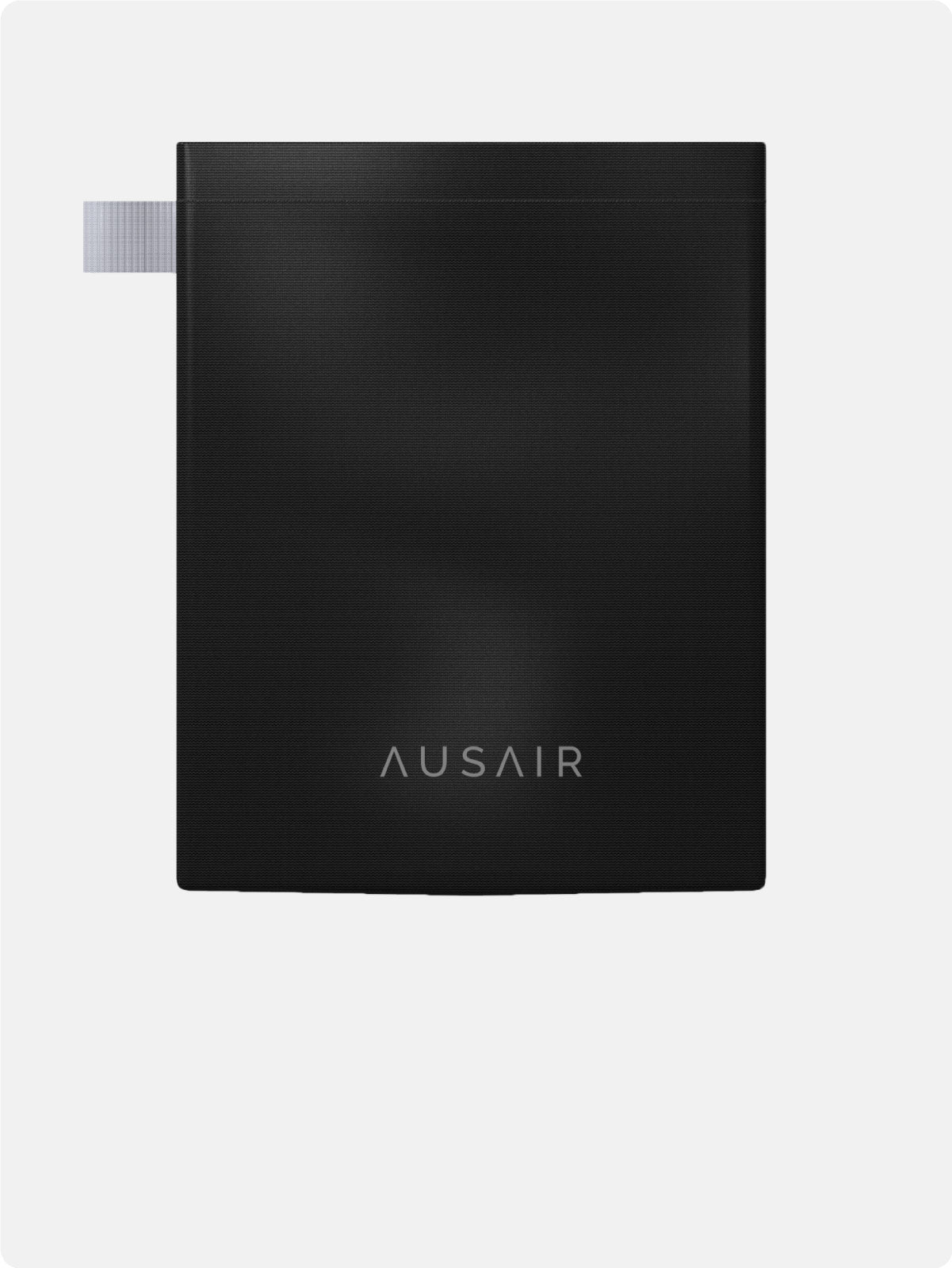
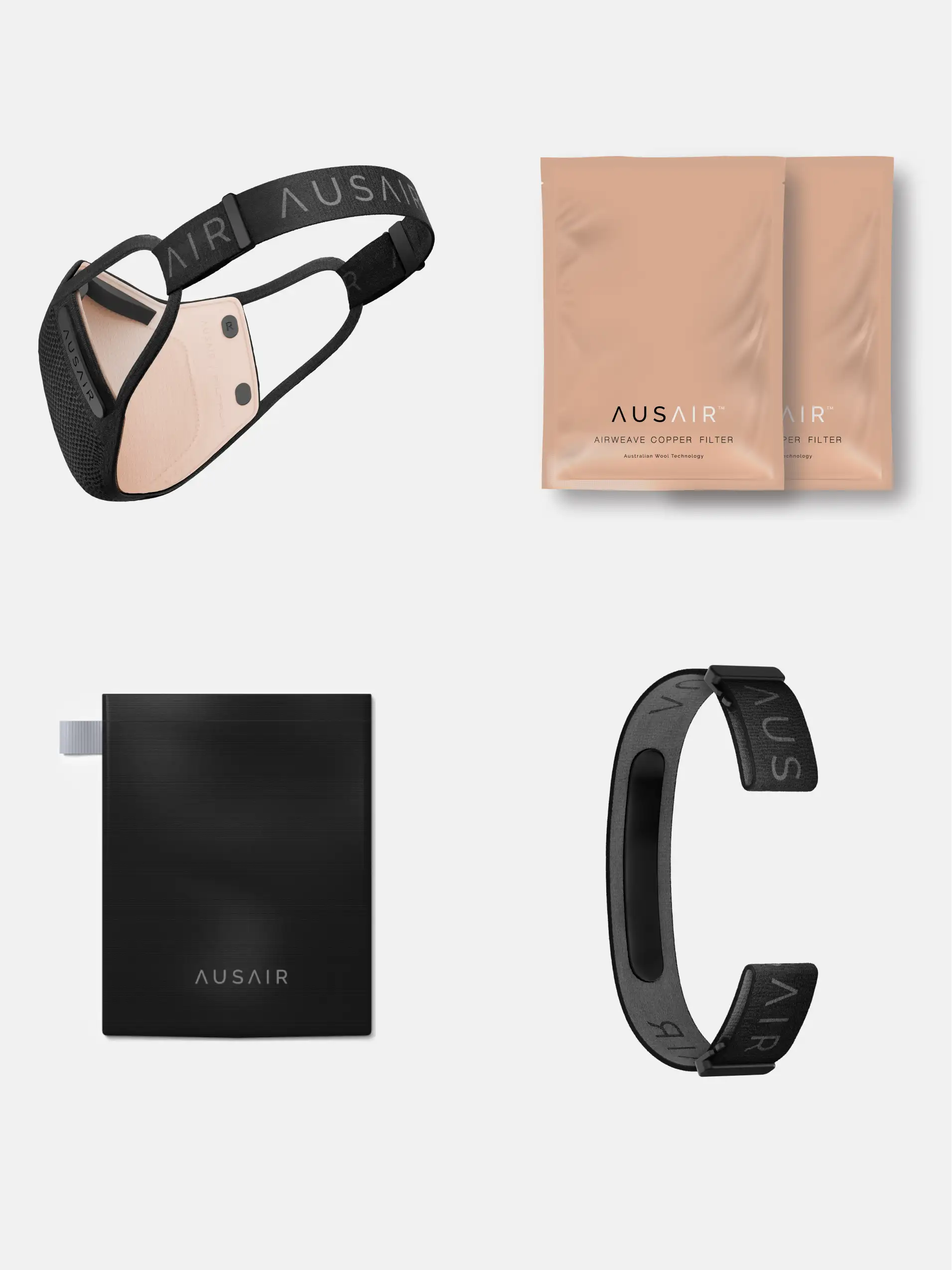
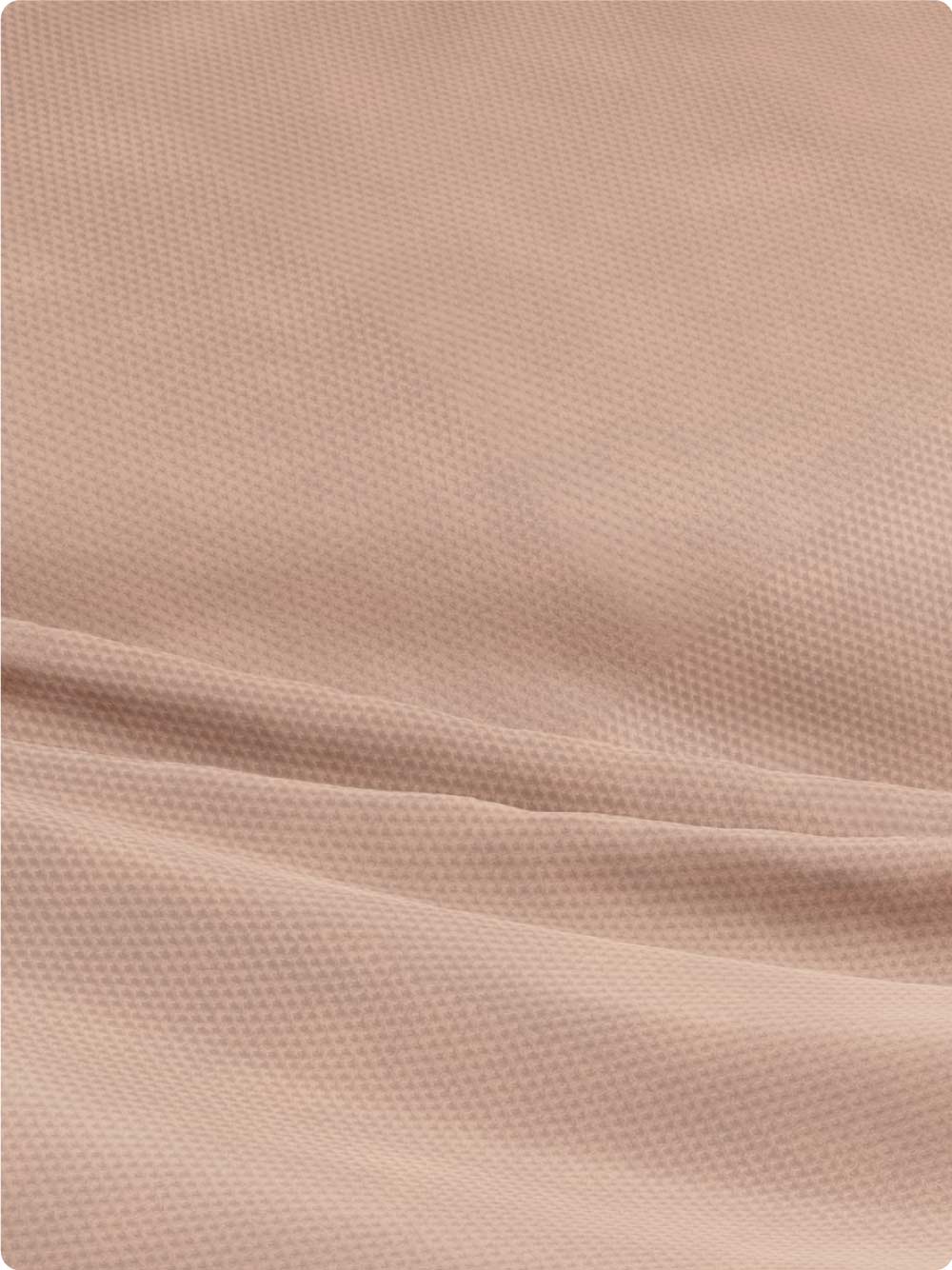



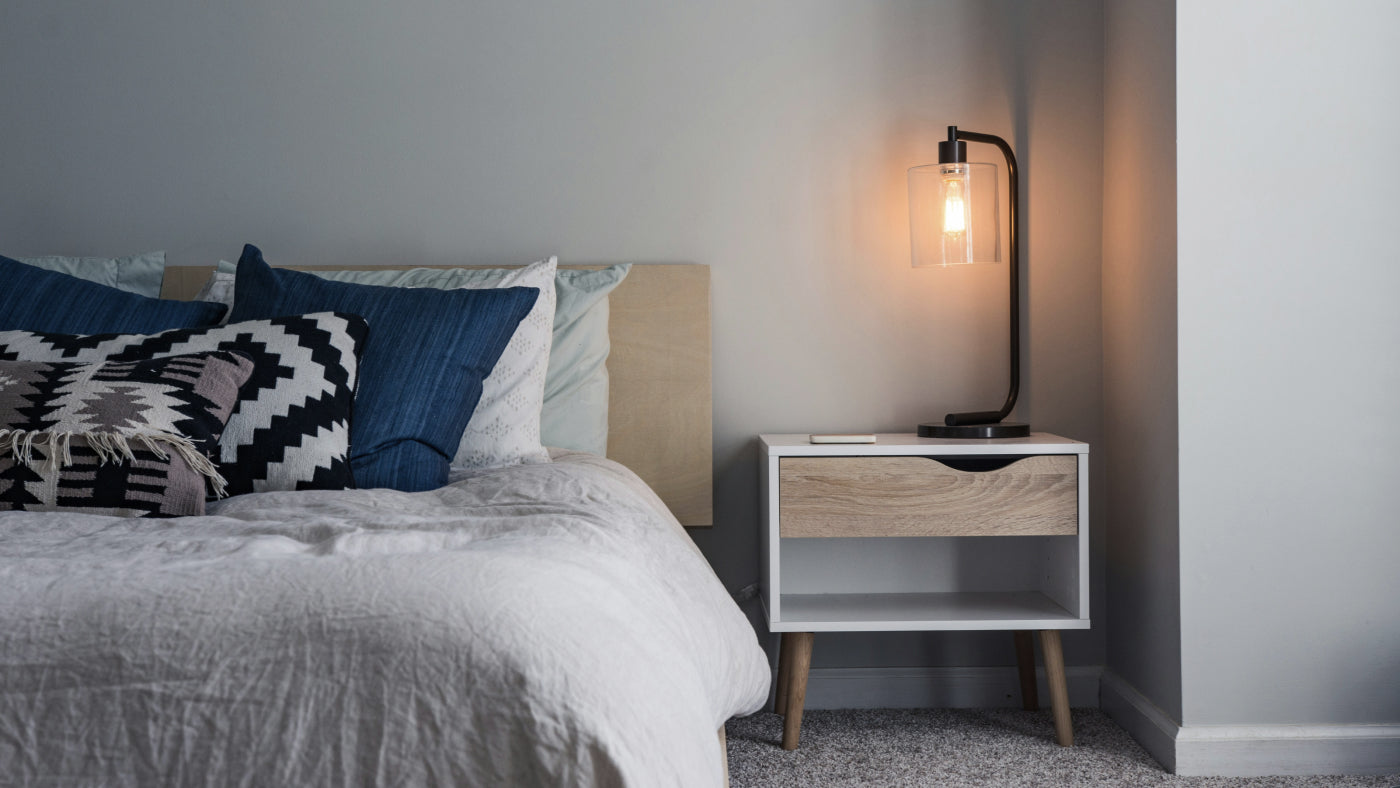

Leave a comment
All comments are moderated before being published.
This site is protected by hCaptcha and the hCaptcha Privacy Policy and Terms of Service apply.